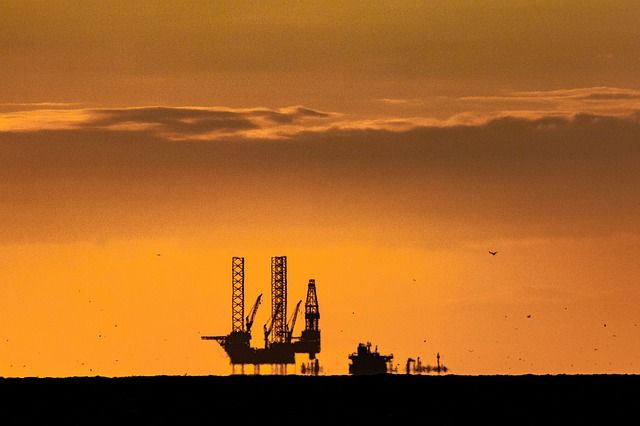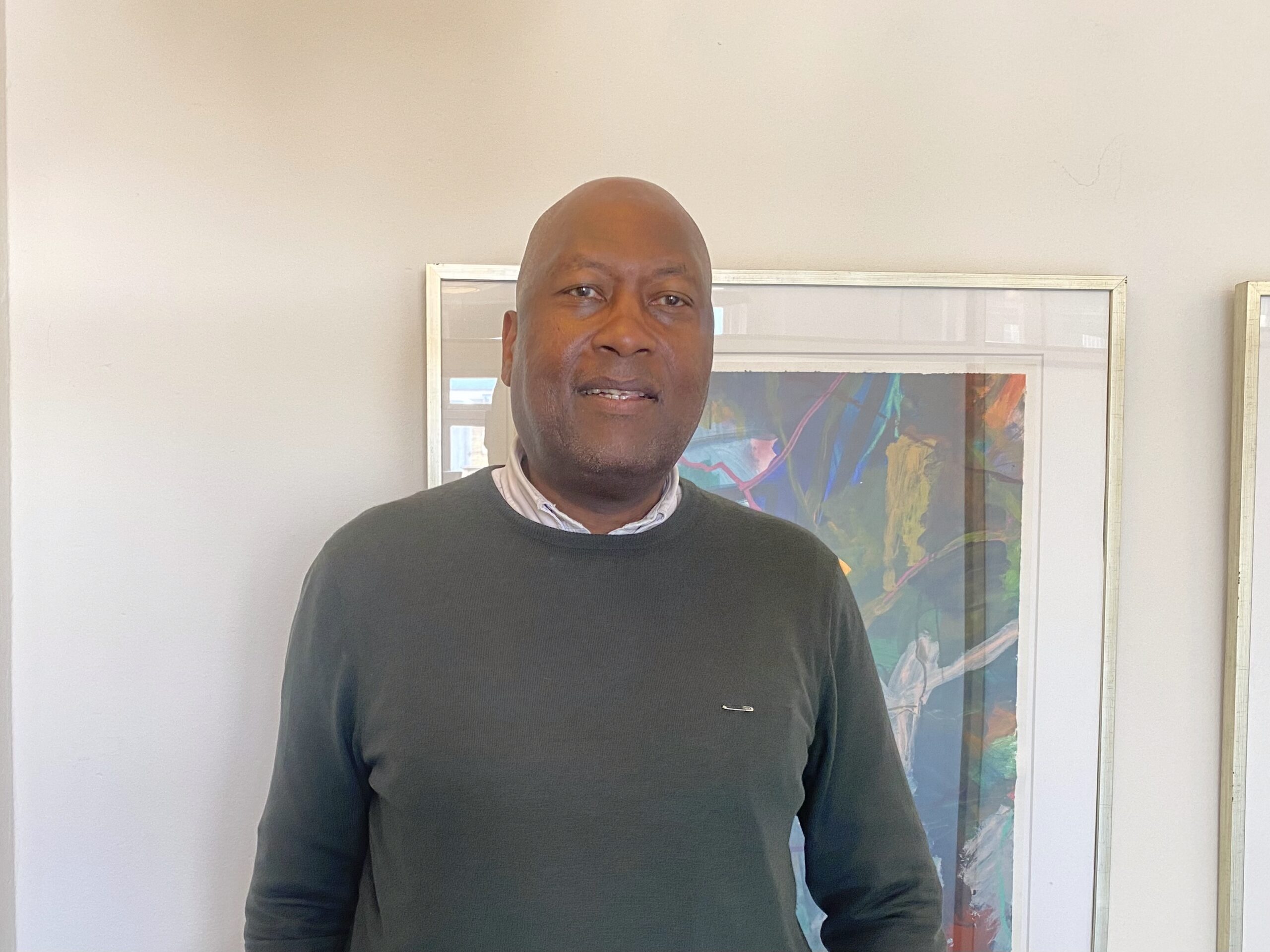The Danish Energy Agency (DEA) approved on Friday a revised extraction project in the Hejre field in the North Sea by the energy company INEOS.
Located some 300 kilometres off the Danish west coast, the Hejre field is primarily an oil field, rather than natural gas.
The news comes one month after the fossil fuel company TotalEnergies announced a DKK 27 billion expansion of its Danish North Sea gas extraction.
Helene Hagel, climate policy leader at Greenpeace, condemned the new oil field:
“It goes against all climate science, common sense and what Denmark is working against internationally to give a new permit to search for new oil at this point in history,” she told Ritzau news agency.
Greenpeace: Old license does not excuse expansion
INEOS’ exclusive license to develop and expand the Hejre field was granted in 1998 and runs until 2047.
The DEA originally approved the operation plan for the Hejre field in 2011, but the project was hit by a number of delays, including technical challenges connected to constructing the Hejre platform, which saw the work put on hold in 2016.
The Hejre platform has therefore been left partially developed, since.
But in the past eight years, the rights holders have reassessed the expected reserves and prepared a revised plan for the Hejre field’s development.
Hagel does not believe the expansion can be excused on the basis that the license was pre-existing.
“It is true that it is an old licence, but that is why you can stop a new production plan when climate change and extreme weather are a daily occurrence all over the world,” she said.
The new plan considers the reduced reserves and a shorter production period compared to the original 2011 estimates, according to a DEA press release.
Read next: Denmark’s new multi-billion state-funded gas plant dents green reputation
Significant adverse impact
With the reserves lying 5,000 metres below the seabed, the Hejre field is the deepest oil field in Denmark, and therefore requires particularly extensive work.
To be approved, INEOS was obligated by the Espoo (EIA) Convention to consult with neighbouring countries on the potential cross-border impacts of the project.
This convention is only activated by projects “that are likely to have a significant adverse environmental impact across boundaries”, according to the United Nations Economic Commission for Europe.
In terms of commercial oil extraction, this means projects that “[exceed] 500 metric tons/day”, according to the text itself.
Other projects that activate the convention include deforestation of large areas, crude oil refineries and nuclear power stations.
Harms progress on winding back fossil fuels
DEA reports that INEOS’ expected production of oil and gas on the Hejre field until 2045 will amount to “just over 7 percent of the total expected production from the Danish North Sea fields in the same period.”
Hagel points out that the new extraction may conflict with the fact that Denmark is a co-founder of the international alliance Beyond Oil and Gas (BOGA) of countries that have ended the search for new oil and gas.
Scientific consensus is that any new oil field developments are incompatible with scenarios to limit temperature increases to 1.5°C.
Still, last year fossil fuel giants sanctioned and discovered the equivalent of all the proven oil reserves in Europe, and aim to quadruple the amount sanctioned by the end of the decade, according to a new report from Global Energy Monitor.
At an industry conference in Texas on 18 March, the president and chief executive of Saudi Aramco, the world’s largest oil company, even said people “should abandon the fantasy” of phasing out oil and gas, reports The Guardian.
Climate minister refuses to comment
Climate Minister Lars Aagaard refused to comment on the approval, citing that it is an administrative decision made by the Danish Energy Agency.
However, the minister has previously stated that new oil and gas production in Denmark can reduce Danish dependence on Russian fuels.
Theresa Scavenius, a lecturer in climate policy and independent member of the Danish Parliament, is not surprised that politicians are reticent to speak on the subject.
“It is one of those corners of the government’s policy that we rarely hear about. The government probably knows very well that it is more popular to sell itself as a ‘green leading country’ than to mention that we are the largest oil producer in the EU and that we are continuously expanding our oil and gas production in the North Sea,” she wrote in an opinion editorial in January.
In fact, according to DEA “Denmark is the third largest oil producer in Western Europe trailing only UK and Norway.”
Work to expand the Hejre field is slated to begin in 2025, and the first oil is expected to be produced at the end of 2027.













